The beaver is an abundant furbearer throughout most of North America, and trapping is an enjoyable and rewarding activity that can produce high quality fur pelts for mittens or hats, and meat that makes excellent table fare. Beavers are quite easy to locate, and easy to trap once you get them figured out. A wide variety of traps are used to catch beaver. The best beaver trap probably depends on your individual situation. Let’s take a look at the options.
330 Conibear / Bodygrip Trap
The 330 is the most common trap used to catch beaver. It is a large bodygripping trap (also often referred to as a ‘Conibear’) typically measuring 10″x10″. The 330 is usually placed in blind sets along a beaver’s natural travelway. As the beaver moves along a trail or run in the water or at the water’s edge, it travels through the trap opening, trips the trigger and is caught. The 330 is designed to be a quick kill trap, which is very humane and effective. Being such a big and powerful trap, it can be very dangerous if not handled or used properly. Be sure to take precautions, use safety devices where appropriate, and never set these traps in a location where they could catch a domestic animal. Most states require these traps be set in water to avoid catching nontarget animals.
330 traps are made by a variety of manufacturers, including Duke, Bridger, Victor (the owner of the name ‘Conibear’), Belisle, and RBG. The Duke 330’s are the cheapest and provide the best bang for your buck. They are actually a bit smaller than most 330’s, measuring 10″x9″ instead of 10″x10″. Bridger and Duke both make a magnum version of this trap (Bridger’s is 10″x10″, Duke’s is 10″x9″), which closes completely without any gaps, and often results in extra catches by holding beavers that are only caught by the tail, foot or other body part that would allow them to pull out of most other traps. The only thing I don’t like about the magnum style is that I find some of them very difficult to set, particularly the Bridgers. Some adjustment can help with this. The Belisle 330’s are also a magnum type trap but with a different jaw style. They are made of top quality construction, have superior safety catches and triggers, and are the top of the line trap with a correspondingly high price tag. RBG bodygrip traps are unique in that the jaws are shaped in a circle rather than a square, appealing to an animal’s natural tendency to enter round openings.
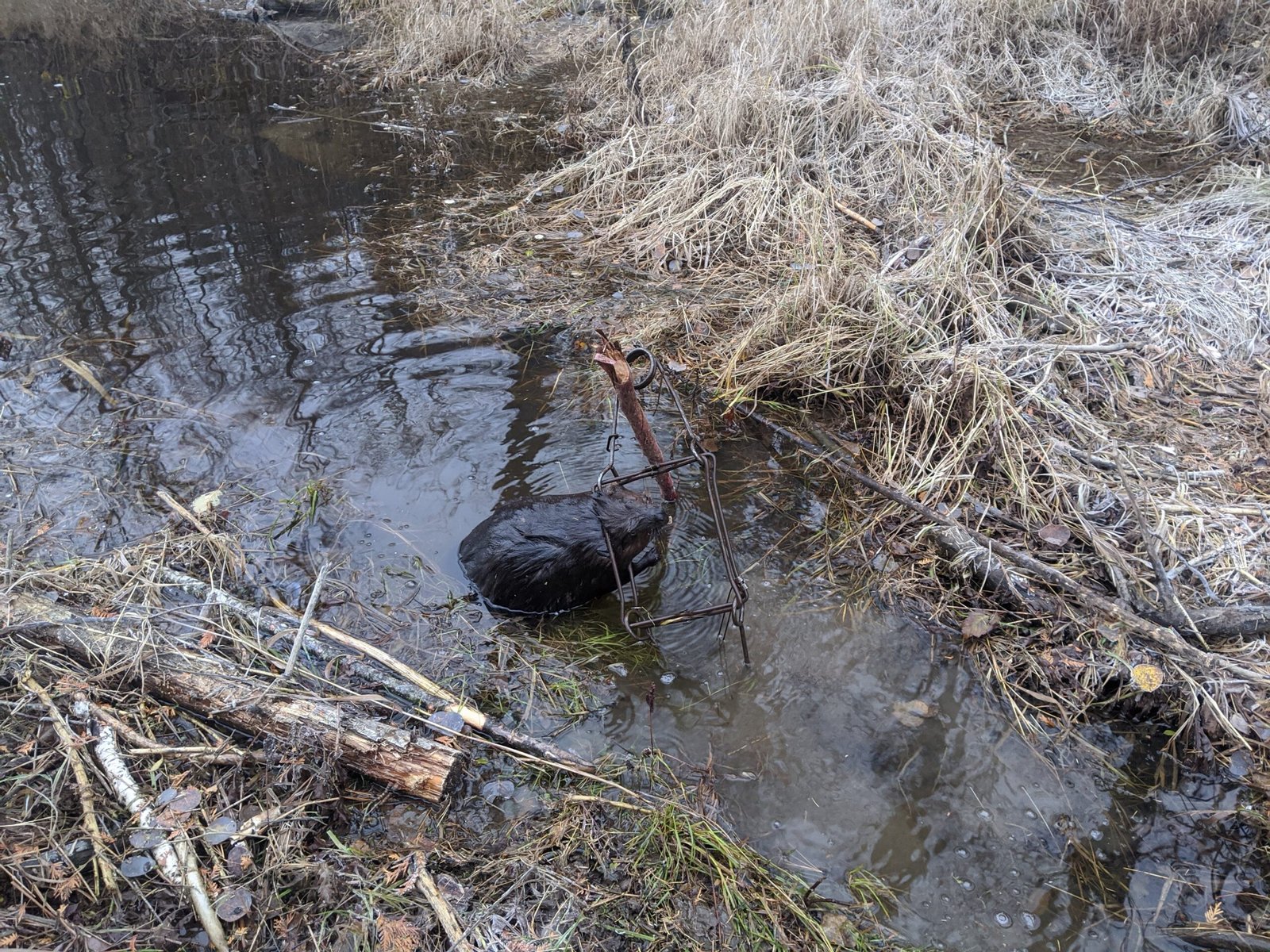
330’s can catch otter as well, especially if the trigger is configured to cover a large percentage of the jaw opening. They also catch the occasional muskrat that trips the trigger in just the right location while swimming at the right speed.
Although the 330 is by far the most common beaver trap, other sizes can be used to take beavers as well. The 280 bodygrip trap has an opening of 8″x8″. It can catch beavers in the right situation, particularly in areas with very small runs and trails. Smaller beaver are more likely to be caught in 280’s, but I have caught larger beavers in these traps occasionally as well. With the smaller trap it can be a challenge to get the beaver to swim through the opening. Sometimes they’ll swim around the trap instead. Some trappers have good success using 280’s when they are baited as opposed to using them in blind sets. Although beavers can be caught in 220 bodygrip traps, with 7″x7″ jaw spreads, it’s not as common and I wouldn’t recommend it. On the other end of the spectrum, Minnesota Brand makes a huge bodygrip trap, the MB 1216, which measures 12″x16″ and is designed to cover large, wide runs. This can also be a very effective trap, but misses are possible as well, because a beaver can often swim through the large opening without setting the trigger off at all, or setting it off too late to be effectively caught. RBG makes a Big Bear, a 10″x22″ opening trap, that works on the same principal.
TS-85
The TS-85 has been gaining in popularity among beaver trappers for years. This coil spring foothold trap has a massive 8.5 inch jaw spread, which allows for a large target area for the beaver to put its foot and get caught. Foothold traps for beaver are most commonly set as drowning sets in the water near shore. They are designed to catch a beaver as it approaches the shore or enters the water from land. Proper depth and guide sticks, as well as lure and bait placement all play a part in a trapper’s success using footholds for beaver. The TS-85 was designed by professional trapper Tim Sawatzky and has a lot of experience behind it. The trap is easy to set and has several features, including a dogless design with easily adjustable pan tension and high lever lockup on the jaws. It’s a nice trap for the money and my favorite beaver foothold trap.
MB-750
The MB-750 is a beast of a trap. Designed and built by Minnesota Trapline Products, the trap is super strong and sports a 7+ inch jaw spread, smaller than the TS-85 but still pretty large. One unique feature of the trap is that it has a locking mechanism that holds both jaws down, eliminating the loose jaw. Some trapper have issues with the loose jaw being flipped up by a beaver while moving through the set area, causing the trap to fail to connect. The fact that this trap has no loose jaw, however, means that it’s a bit dangerous to set for the inexperienced – your fingers are right in the danger zone when making any adjustments to the pan!
Related: MB-750 Beaver/Otter Trap Review
WCS Pro 7.5
The WCS Pro 7.5 is basically a reboot of the extremely popular CDR trap. The CDR was a 7.5 inch jaw spread beaver trap a simple, effective design. The WCS Pro 7.5 features a solid chain and swivel system, wire levers which make it fast underwater, and the Paws-I-Trip pan system, a very popular feature that I’m a big fan of.
Bridger #5
The Bridger #5 is a work horse of a beaver trap with a simple design and a very reasonable price tag. Minnesota Trapline Products has made some recent improvements to the trap design and construction. It’s a good contender in the beaver foothold trapping game.
No-BS Beaver Extreme
Kendall Obermeir has made some noise in the trapping industry with a new line of No-BS traps that are super impressive. Their ruggedness of design, top quality products and workmanship and unique new features make these traps unique and worth checking out. The Beaver Extreme trap features heat treated steel, a lower pan, dogless design, and the traps are pre-coated from the factory.
Duke 850-FJ
The Duke 850 is the newest beaver trap on the market. The 850-FJ is the closed jaw model, designed for beaver (the offset jaw trap of the same name is designed for wolf and mountain lion). This trap is essentially a larger beefed up version of the Duke 550 or 650 traps, which were almost a carbon copy of the MB-550 coyote trap. The trap features heavy cast steel jaws, heavy duty chain and swivels, four coiled, and the Paws-I-Trip pan system. It’s a nice looking trap, but hasn’t been on the market long enough for me to really get a feel of how it works for different trappers.
So, What’s the Best Beaver Trap?
There are plenty of great options for beaver trappers these days, which makes it tough to determine the best trap. The 330 is the best type of bodygrip/conibear trap for beaver trapping without question, and if I had to choose a ‘best’ brand of 330 I’d go with Belisle. That said, all of them work and catch beavers effectively.
When it comes to foothold traps for beaver, it’s tough to say. The different models vary quite a lot. I prefer the TS-85, but there are advantages and disadvantages of each model, and I haven’t used them all extensively. Regardless of what you choose, if you pick from the list above you’ll have yourself an excellent beaver trap that will effectively catch beavers year after year.

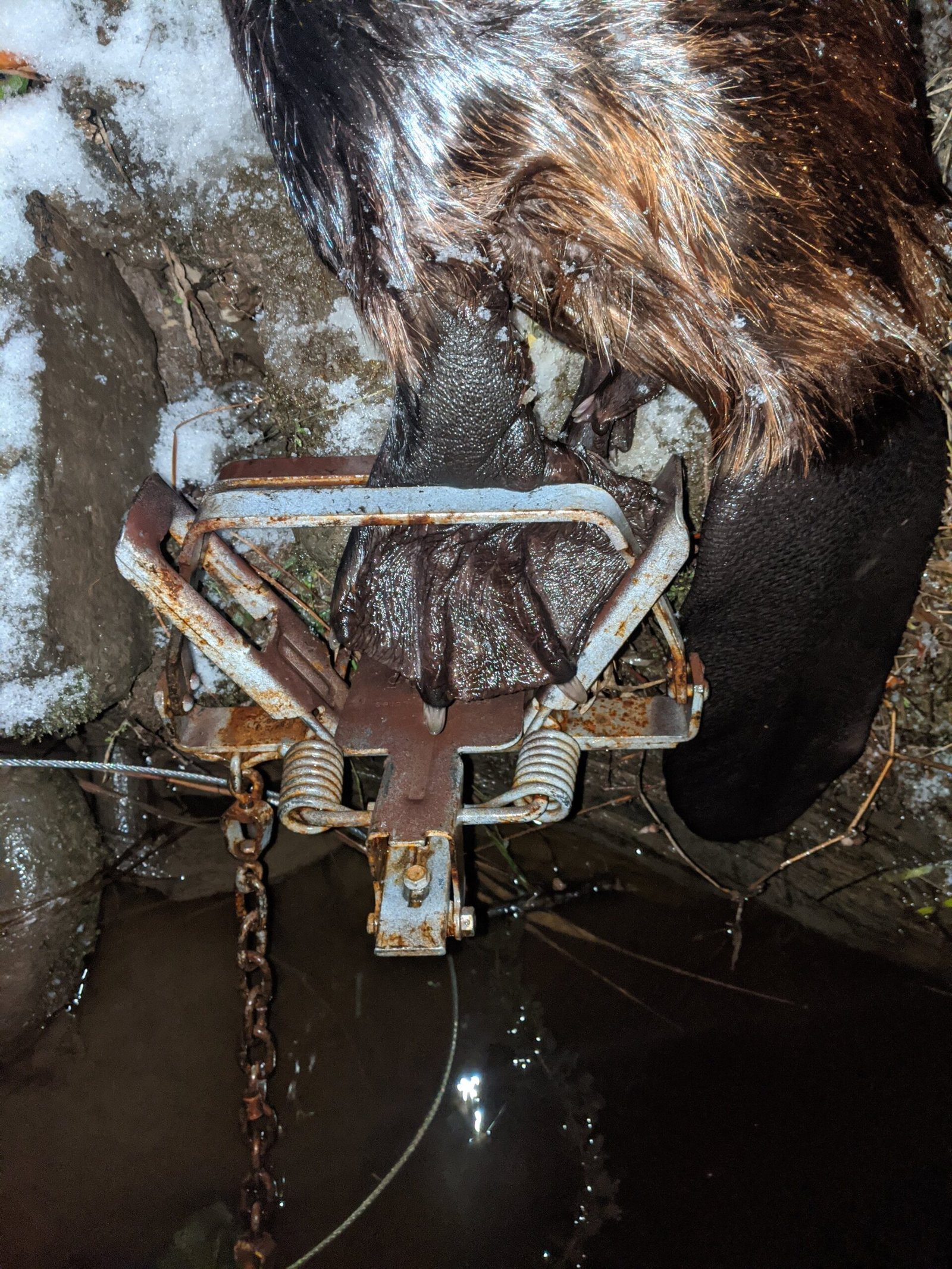
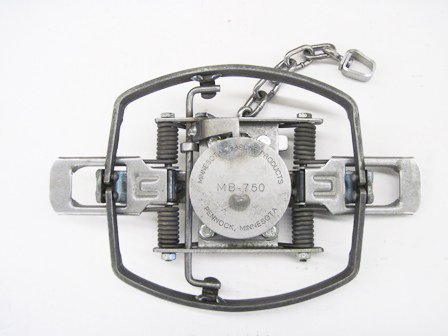
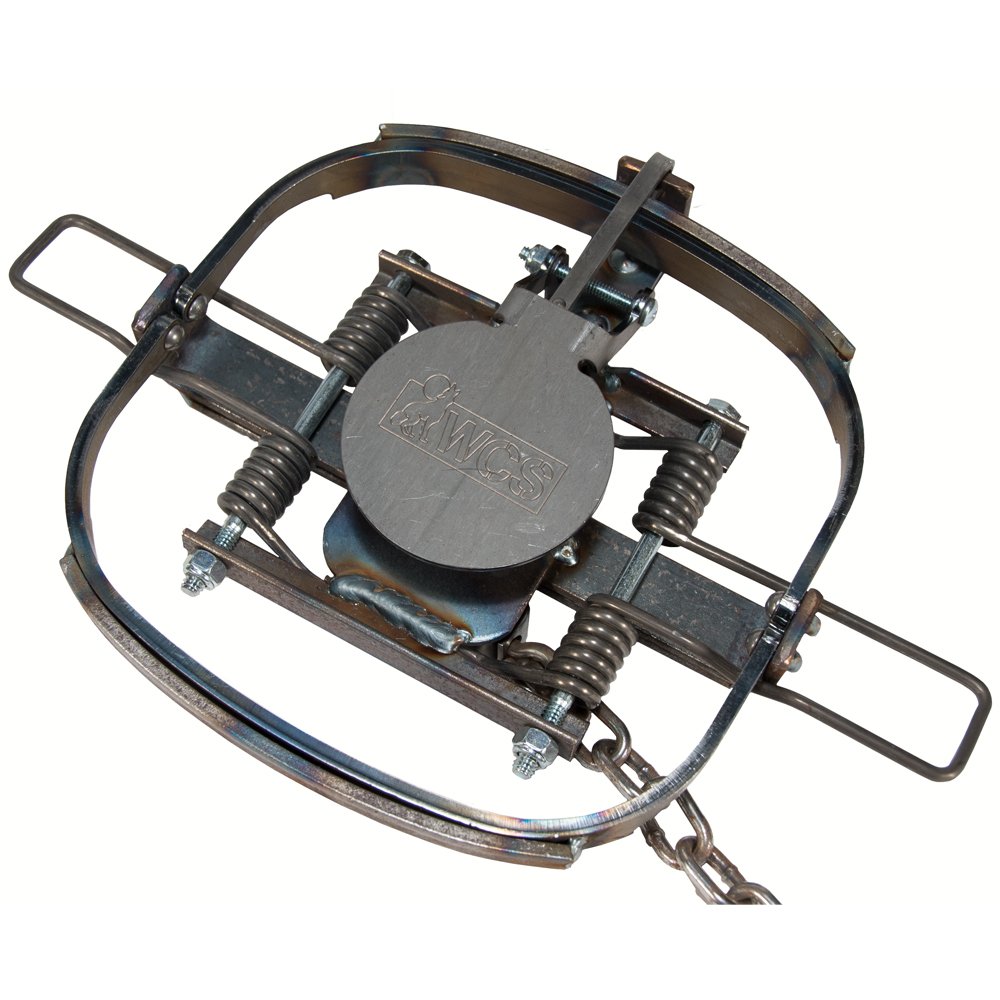
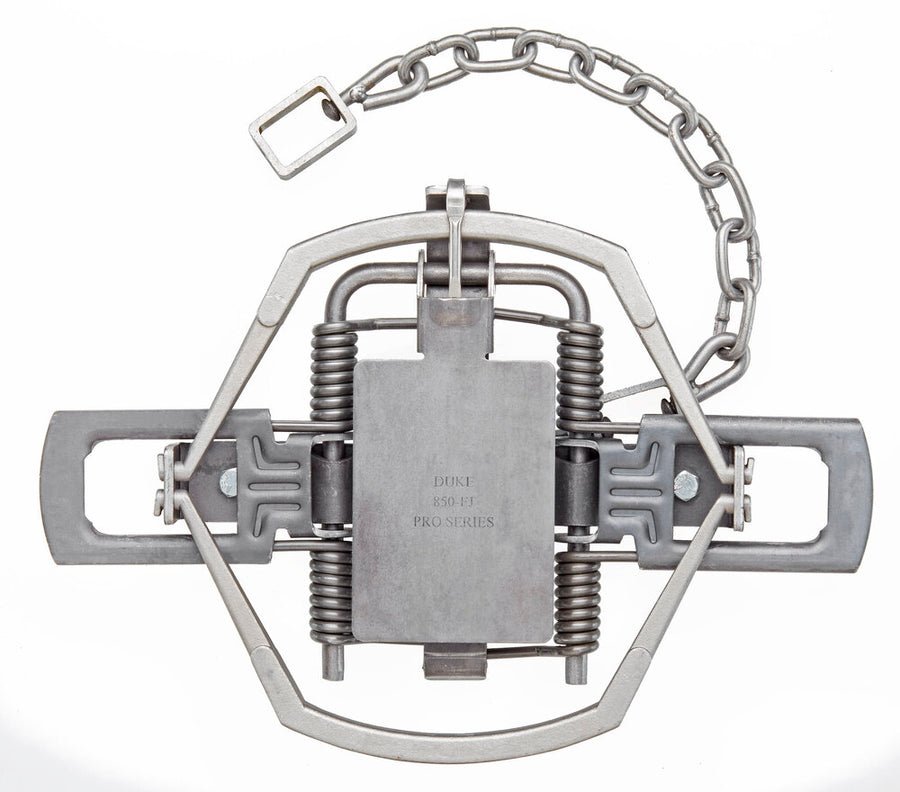
Leave a Reply